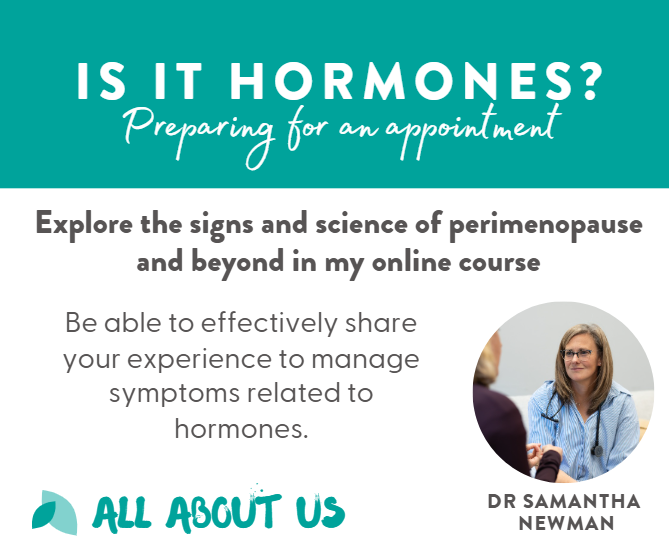Vitamin D
🌞 Vitamin D: Why It Matters
Most people know vitamin D is important for bone strength.
But its role goes further:
• Supports immunity, helping the body fight infections
• Influences mood (low vitamin D has been linked to low mood and seasonal depression)
• May reduce the risk of cardiovascular disease and some cancers
Around 90% of vitamin D is made through the skin when it’s exposed to direct sunlight, not through glass.
🌱 My Journey with Vitamin D
My interest in vitamin D actually started through a very specific clinical lens: bone health.
Early in my career, I saw patients with fragile bones, unexplained fractures, and long-standing fatigue. That path led me to diagnosing hyperparathyroidism where the parathyroid glands produce too much hormone, often because the body doesn’t have enough of calcium due to low vitamin D.
I realised how something as simple as vitamin D could sit at the centre of bone health, kidney stones, mood, and fatigue. From there, my focus widened: vitamin D is not just about bones, but about whole-body wellbeing.
⏱ How Much Time Outside is Enough?
A simple rule: about 20% skin exposure is sufficient (shorts and a t-shirt give ~33%). Sunscreen reduces, but doesn’t completely stop, vitamin D production.
For fair skin, outdoors:
Auckland
• Summer (10am–2pm): 6–8 minutes
• Winter (10am–2pm): 30–47 minutes (or ~24 minutes at midday)
Hawke’s Bay
• Summer: 5–10 minutes is usually enough
• Winter: 20–30 minutes at midday
Christchurch
• Summer (10am–2pm): 6–9 minutes
• Winter (10am–2pm): 49–97 minutes (or ~40 minutes at midday)
Skin tone matters: people with darker skin may need up to 6x more exposure to make the same vitamin D.
🍽 Dietary Recommendations
Because sun exposure isn’t always possible (think winter, illness, or working indoors), dietary sources and supplementation may be important.
Recommended daily intake:
• Age 0–50 years: 200 IU (5 µg)
• Age 51–70 years: 400 IU (10 µg)
• Age 70+: 600 IU (15 µg)
Food sources include oily fish, egg yolks, fortified dairy, and some mushrooms, but diet alone often isn’t enough.
⚠️ Who’s at Risk of Vitamin D Deficiency?
• Adults over 70 years (skin produces less vitamin D as we age) (but I do see a lot of vitamin D deficiency in my 40+ year olds!)
• People with darker skin
• Those who rarely go outdoors
• Vegan diets
• Certain medicines (e.g. rifampicin, some anticonvulsants)
• Malabsorption (celiac disease, malnutrition)
• Chronic kidney disease
• Obesity - vitamin D gets stored in adipose tissue, making it less available in the body
💊 Prescribing Vitamin D
When deficiency is present, supplementation with colecalciferol is recommended.
• Severe deficiency: 1.25 mg daily for 10 days, then monthly
• Low vitamin D: Two 1.25 mg capsules at once, then monthly
• Maintenance / prevention: 1.25 mg monthly
Other notes:
• Hydroxylated forms (alfacalcidol, calcitriol) are safer in kidney disease
• Toxicity is possible with long-term excessive use → leads to high calcium, which can affect the heart and other systems ie more is not always better!
• Breastfeeding infants at high risk: 400 IU (10 µg) per day
✅ My Spring Prescription
For many of us in Hawke’s Bay (where my home is!), spring means:
🌞 Short bursts of sunshine (without sunscreen) for vitamin D
🚶♀️ Movement outside for mood and health
💊 Tablets only when they’re really needed
It’s about balance: enjoying the outdoors, protecting your skin, and knowing when supplementation is essential.
So yes, this season I’ll be writing fewer vitamin D scripts… and more scripts for sunshine, community connection, and spring walks.
📖 References
• bpacNZ. Vitamin D: Is supplementation necessary? Best Practice Journal, June 2011. Read here
• Healthify NZ – viewed 21.9.2025


